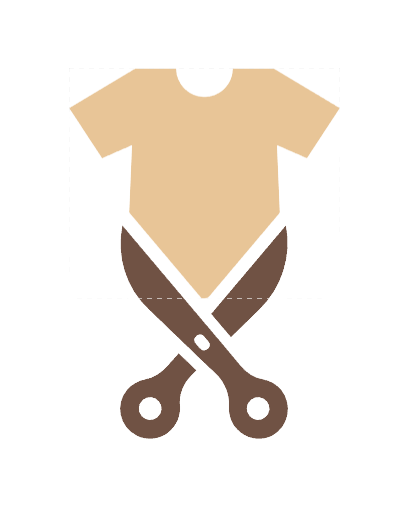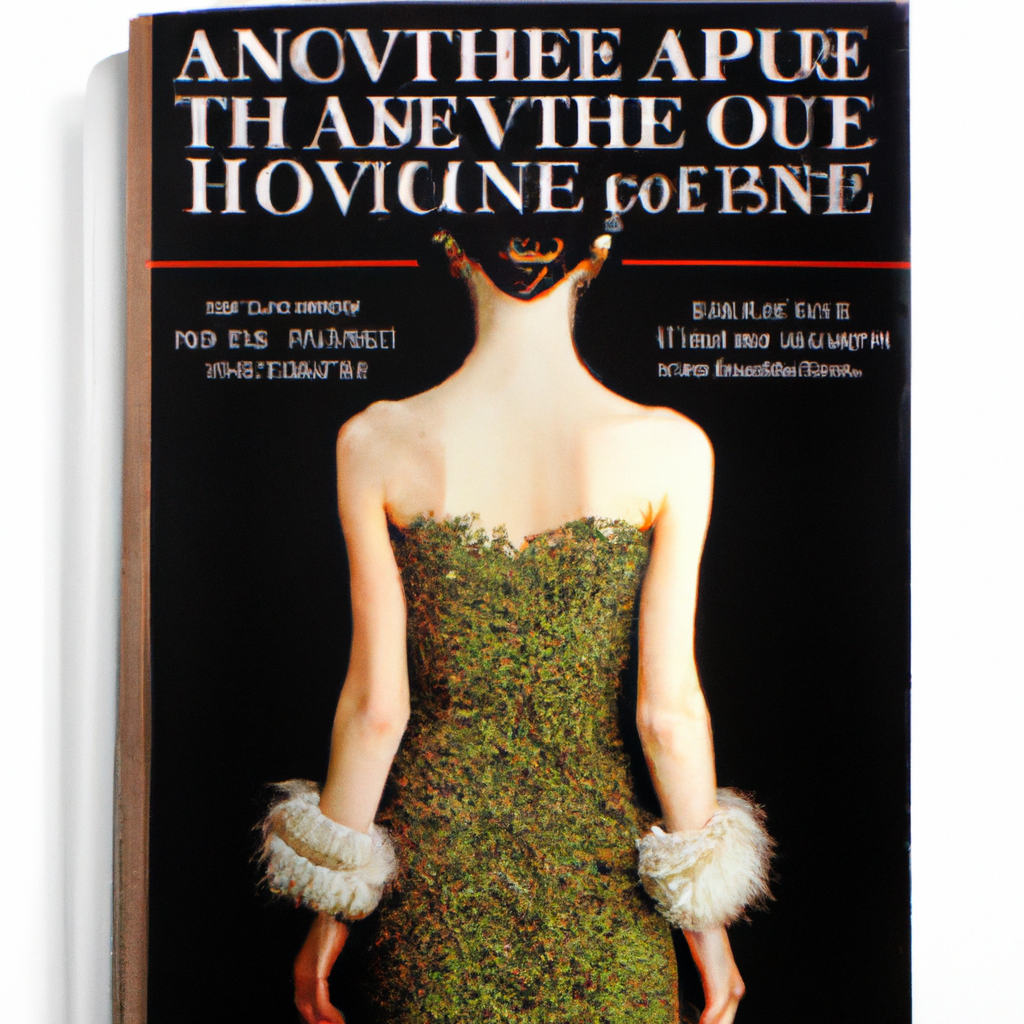From a small atelier in 19th century Paris to a globally-recognised, multi-billion-dollar industry, the evolution of haute couture has been nothing short of stunning. The phrase “high fashion” can spur images of catwalks and celebrities but it has a much deeper, more interesting history than one might expect. This article will trace the roots of the fashion industry’s most iconic movement and explore the people, places and innovations that led to its impressive development.
I. The Birth of High-End Fashion
The history of fashion is as long and multifaceted as one can imagine. The high-end fashion industry can trace its roots to the 15th century. Since then, fashion has become an integral part of daily life, aiding in social standing and individual identity.
Early History of High-End Fashion
- The 15th century was a period of great innovation in fashion. Clothing began to be made to order, specifically tailored to fit each individual customer.
- Silk was the material of choice for wealthy Europeans, which was imported from China.
- Highly intricate designs featuring a combination of fabrics, embroidery, and delicate accessories were popular.
The 19th century saw the introduction of tighter-fitting clothing, with an emphasis on fabric textures and colors. This period marked the rise of the New Look, revolutionizing European fashion. French fashion designer Christian Dior made a significant contribution to the development of high-end fashion with his designs known for their opulence and luxurious elements.
Modern High-End Fashion
The past few decades have brought about radical changes in fashion. It is now more accessible than ever before. Designers are constantly pushing the boundaries of fashion with their unique and creative designs, materials, and silhouettes.
The modern fashion industry is heavily influenced by multimedia, especially social media, generating a forum for development and showcasing of haute couture. High-end fashion is no longer exclusive to the wealthy, as its influence continues to be seen more and more in everyday clothing. As fashion trends evolve and more people gain access to high-end fashion, there is no doubt that this beloved industry will remain alive and vibrant for the years to come.
II. A Timeline of Iconic Fashion Houses
Design, fabrics, and art have constantly been linked to fashion and taken form in iconic fashion houses. We take a look at a few of the most renowned ones, that have come to define and shape the fashion landscape.
Chanel
- created in 1912 by Coco Chanel
- specialises in haute couture, ready-to-wear, perfume and accessories
- defined by its signature use of quilted fabrics and tweeds
Louis Vuitton
- established in 1854 by Louis Vuitton
- made luxury monogram canvas goods and leather goods such as handbags, trunks, and luggage
- influenced fashion trends for over a century with its high-quality leather and signature logo
Versace
- founded by Gianni Versace in 1978
- dominate force of 1980s and 90s fashion with its bold colours and powerful prints
- known for its mix of modern glamour and renaissance-inspired clothing
Dior
- founded by Christian Dior in 1947
- interpreted traditional fashion with a modern and luxurious twist
- driven by sophistication and elegance in its clothing and accessories
III. From Inspiration to Performance: The Role of Technology
When it comes to obtaining inspiration, technology has made it far easier for modern creatives to get their ideas flowing. From digital art programs to digital songwriting tools, any creative project can benefit from the incorporation of technology. By utilizing the right resources, artists and performers can turn their ideas into impactful works of art.
The latest technology allows performers to get their creative juices flowing in ways unimaginable a few decades ago. Imagine streaming services on-demand, powerful sound software for recording and mixing, and even crowd-sourced feedback services for fine-tuning ideas. All this makes it easier to compose, arrange, and produce music with just a few clicks.
- Recording & Editing: Digital audio workstations (DAWs) allow performers to record with precision, meaning they don’t have to worry about capturing the perfect take––they can fine tune it later. Additionally, from editing and comping to arranging and sequencing, creative freedom is just a few clicks away with the help of DAWs.
- MIDI Instruments & Control: MIDI-enabled hardware and software can cleverly aid artist’s performances, allowing them to control effects and instruments without being physically connected to them. This flexibility opens up a world of possibilities for performers who want to experiment with new sounds and arrangements.
- Live Performance Tools: For performers who desire to bring their work to the stage, tech has enabled musicians to sync multiple devices together for live performance. With the right tools, complex stage effects and performances can be achieved without being physically present in the same room.
The possibilities are nearly endless when technology and performance intersect. With the help of technology, music and art performances can be a more immersive experience than ever before.
IV. Gender, Diversity and High Fashion
High fashion industry has taken massive strides towards meaningful change in the concept of gender and diversification in recent years. From non-binary runways to clothes made for everyone regardless of size, fashion houses are pushing the boundaries of traditional ideals and transforming the industry as a whole.
What We’re Seeing
Designers are striving for authenticity and inclusiveness in their collections. A wider range of models is being used on the runways that represent a bevy of populations, which has created a new standard for fashions. Models have come forward to serve as pioneers for equal body representation, as well as to represent a wider spectrum of ages and genders.
Breaking Convention
Designers have been shaking things up by working beyond conventional fashion and positioning sizes in new ways. Diverse shapes, angles, movements and sizes, as well as more gender-fluid fashion lines, are boldly being combined and celebrated. We’re seeing striking silhouettes to fit a variety of figures, and chic materials to match any style.
The Desired Effect
The fashion industry is getting a much needed facelift as sustainable design philosophies enter the space, ushering in an era when everyone can have access to beautiful clothing regardless of gender, size, race or age. Consumers looking for fashion with a conscience are sure to find a runway with a story that speaks to them.
V. The Future of Haute Couture & Beyond
Haute couture has been a world of wonders since the first designers stepped forth to stitch immaculate gowns—but, as innovation grows and social norms are challenged, what does the future look like for couture?
As technology continues to develop and new ideas come to the fore, what’s certain is that couture will be taking some new directions. For starters, people from all walks of life will begin to make their mark on high fashion. Customizability, accessibility, and inclusivity will no doubt be driving forces behind future couture designs. Moreover, it’s likely that the industry will be powered as much by eco-friendly fabrics and sustainable practices as exquisite tailoring.
These elements of the future are already very much present, with designers making use of digital technology, vintage fabrics, and other sustainable materials to bring next-level couture visions to life. The lines between art and fashion will become more blurred than ever too, as designers experiment with new forms of expression and materiality.
In the future, anything is possible. But one thing’s for sure: while the times may be ever-changing, the excellence of haute couture will carry on:
- Technology will allow for more inventive couture designs
- Couture will become more accessible, customizable, and inclusive
- Eco-friendly fabrics and sustainable practices will be a cornerstone
- Art and fashion will intertwine ever more closely
- Haute couture will remain a pinnacle of excellence
High fashion is an art form that stands the test of time and, if anything, only continues to grow. Its ebb and flow of trends over the centuries, from the textiles of Ancient Rome all the way to the avant-garde pieces of 2020, serve as proof that haute couture is an expression of beauty, ingenuity and creativity that will never go out of style.





